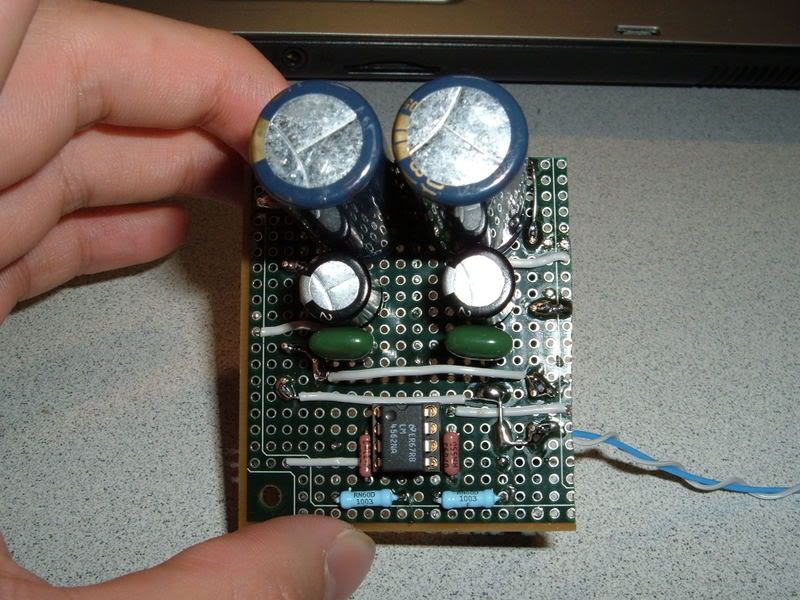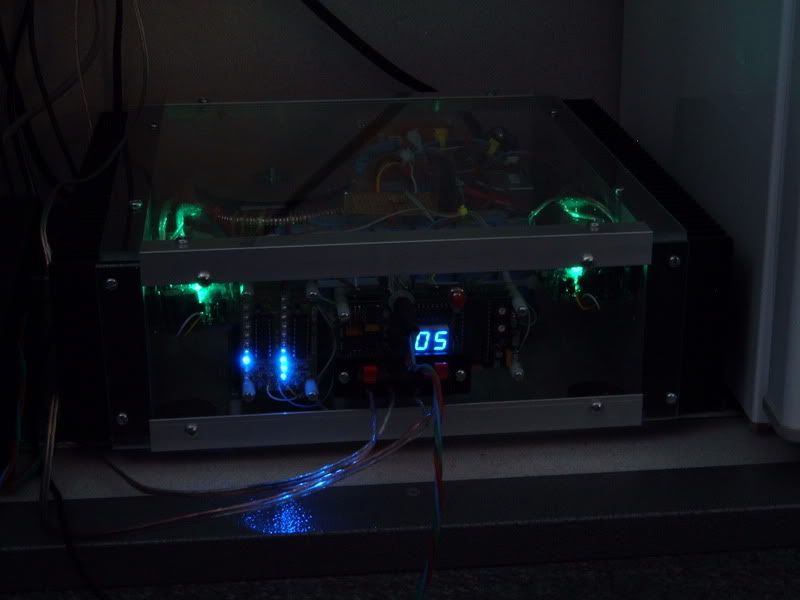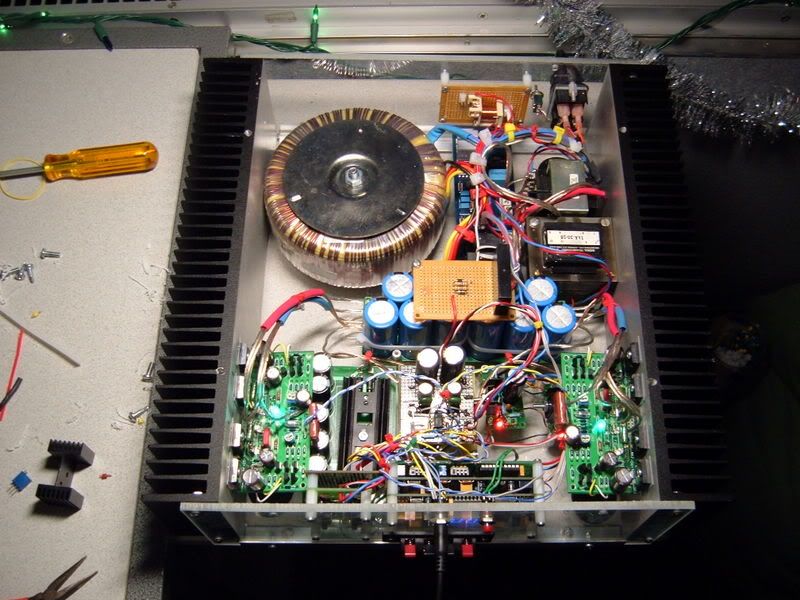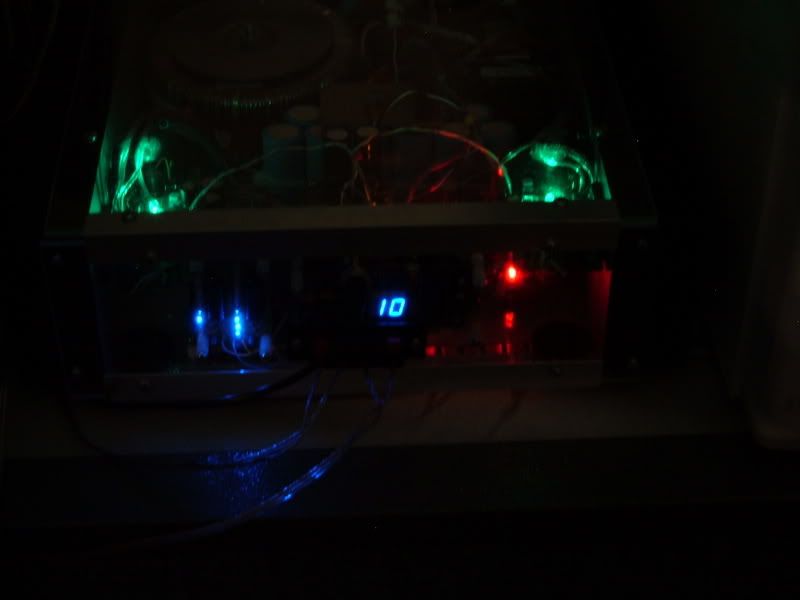CTY
100+ Head-Fier
- Joined
- Jan 14, 2007
- Posts
- 183
- Likes
- 10
My SOHA...

Pretty much standard. Used Xicon resistors, Xicon caps for the power section and some Muse KZ and Panasonic FMs here and there. Opamp is an AD8512, tube... uh, I don't know, I used the one Jeff sent me

Now looking forward to building some JISBOS... and of course to case it up!

Pretty much standard. Used Xicon resistors, Xicon caps for the power section and some Muse KZ and Panasonic FMs here and there. Opamp is an AD8512, tube... uh, I don't know, I used the one Jeff sent me

Now looking forward to building some JISBOS... and of course to case it up!







































